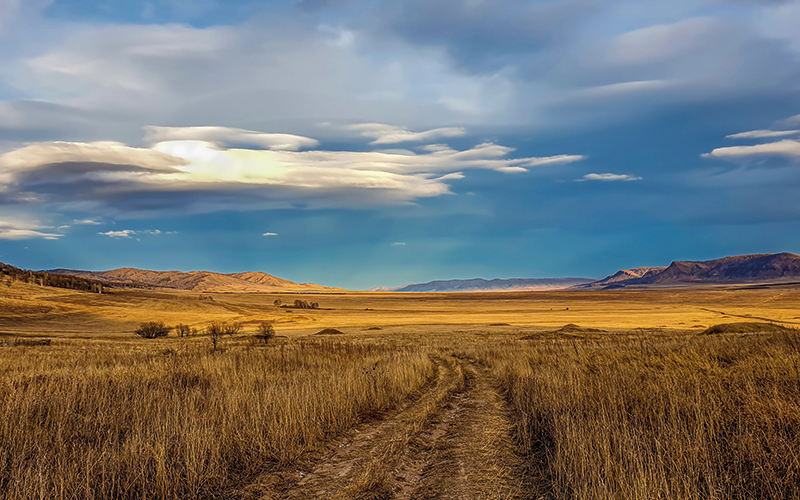Pathology Manager Stephen Mortlock casts an eye back over the history of migration and medicine across the Russian steppe.

The Russian steppe (sometimes just referred to as the steppe), is a vast swathe of land stretching from the Black Sea to encompass the western half of the northern Caucasian plain, and extends northeast across the lower Volga, the southern Urals and the southern parts of western Siberia. It goes through Bulgaria, Romania, Moldova, Ukraine, Western Russia, Siberia, Kazakhstan, Xinjiang, Mongolia, and Manchuria. It is the largest temperate grassland in the world and reaches almost one-fifth of the way around the planet. The steppe has historically been one of the most important routes for travel and trade. The flat expanse provides an ideal route between Asia and Europe. Caravans of horses, donkeys, and camels have travelled the Eurasian steppe for thousands of years. The most famous trade route on the steppe is the Silk Road (a term coined by the German traveller, geographer, and scientist, Ferdinand von Richthofen (1833–1905) in 1877), connecting China, India, and Europe. The Silk Road was established around 200 BC and many Silk Road trade routes are still in use today.
Please click here to read the full article.
Image Credit | Getty Images
